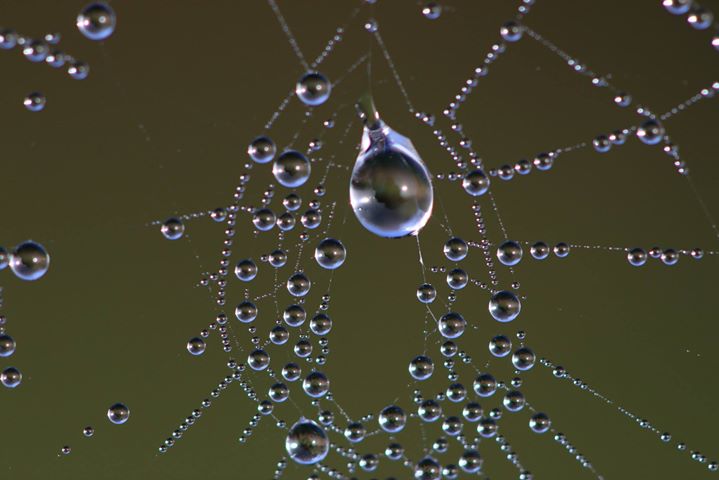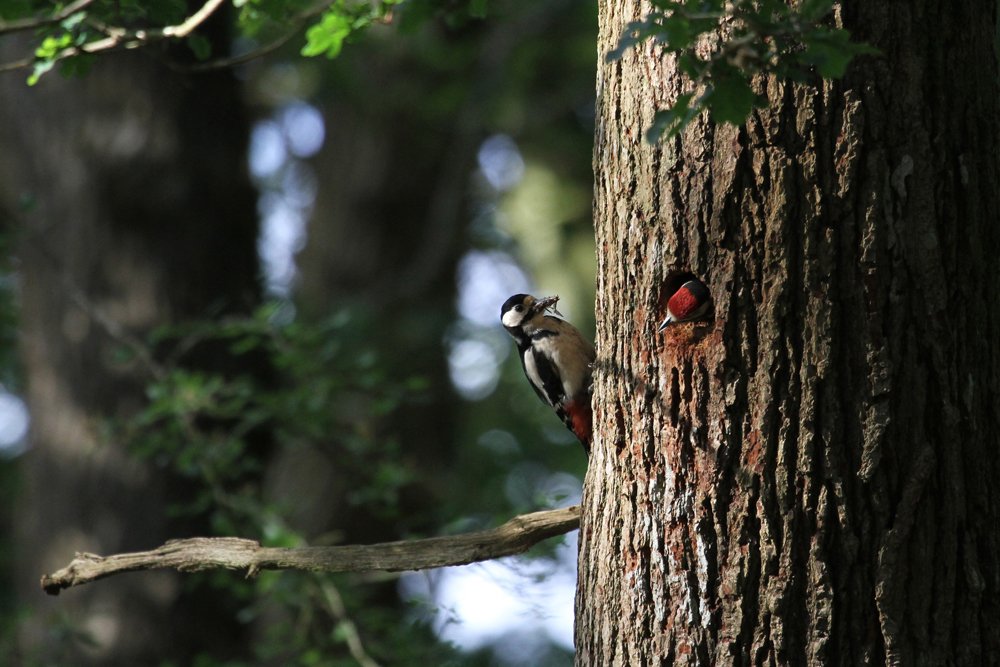What to see in November
PUBLISHED ON: 11 OCTOBER 2017This is a wonderful month to enjoy the last of the autumn colours in the broad-leaved woodlands of the New Forest National Park.
Beech trees are especially colourful, with leaves turning coppery gold, yellow and orange before they drop. The oak also puts on its best display in November. Look out as well for yellow needles on the larch; although not a native tree it is widespread in the New Forest, and is unusual in being a conifer that loses its needles in autumn.
Now is a good time to enjoy the fantastic variety of fungi before the first frosts arrive. The New Forest is home to around 2,700 of the 12,000 species found in Britain. One of the commonest and most distinctive is the fly agaric: you are most likely to spot its white stem and bright red, white-flecked cap under birch trees. Also easy to recognise is the stinkhorn, so called because its conical cap is covered in foul-smelling, olive-green mucus. Please remember to not pick the fungi and leave them for others to enjoy.
On chilly autumn mornings you realise how many spiders there are. Take an early morning walk and spot their webs outlined in dew on gorse bushes and hedgerows.

Image by Steven Reynolds.
Out on the heathlands, you may be lucky enough to see one of the very few great grey shrikes that visit the Forest from northern Europe in winter. A little bigger than a starling, it is known as the ‘butcher bird’ because of its habit of impaling its prey on thorns or spikes of gorse for use as a winter food larder. The hen harrier is another rare visitor to New Forest at this time of year – it’s almost the size of a buzzard and spends its time hunting over the open heathlands.
As the trees lose the last of their leaves, rookeries are clearly on view and the nest- holes of woodpeckers are also easier to spot. You might see spectacular swirling masses of starlings and large flocks of jackdaws, rooks and carrion crows flying to their woodland roosts in the evening.

Bats, dormice and hedgehogs are going into hibernation. Remember to check any bonfires before you light them, as these are cosy places for a hibernating hedgehog.

